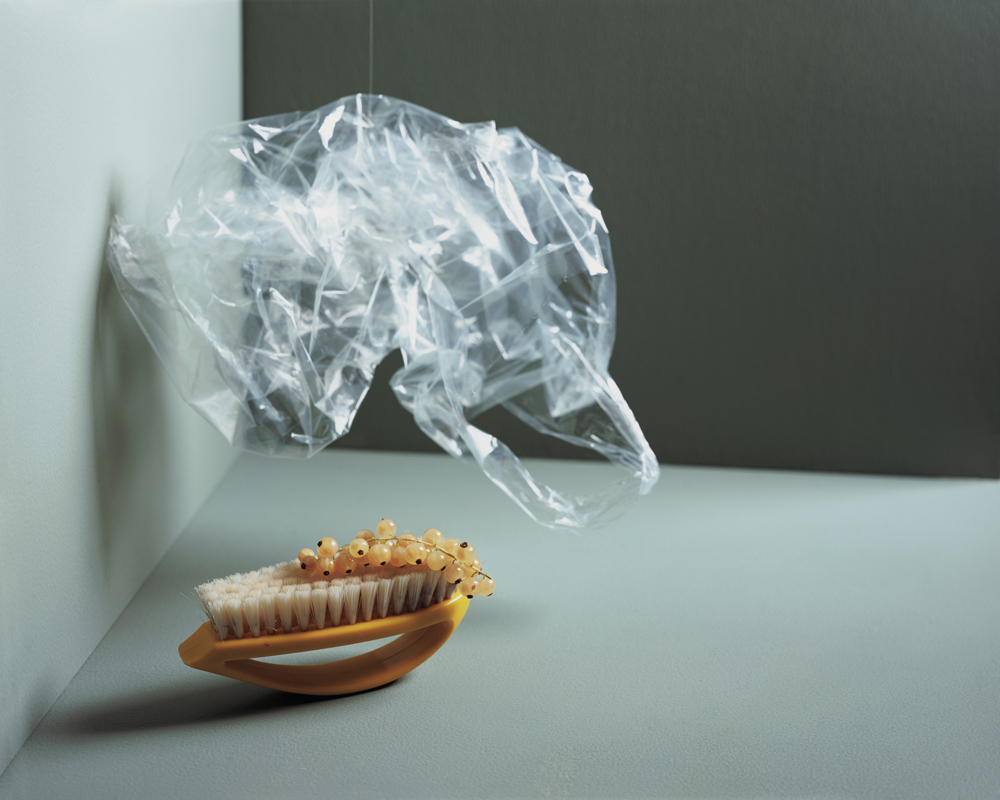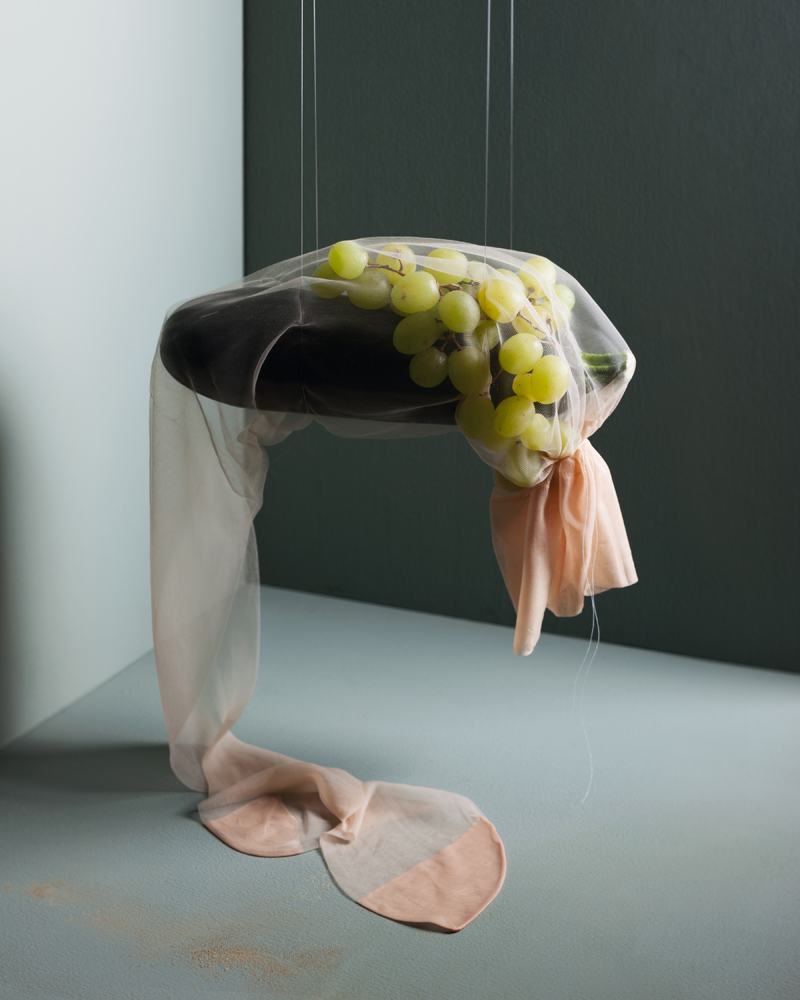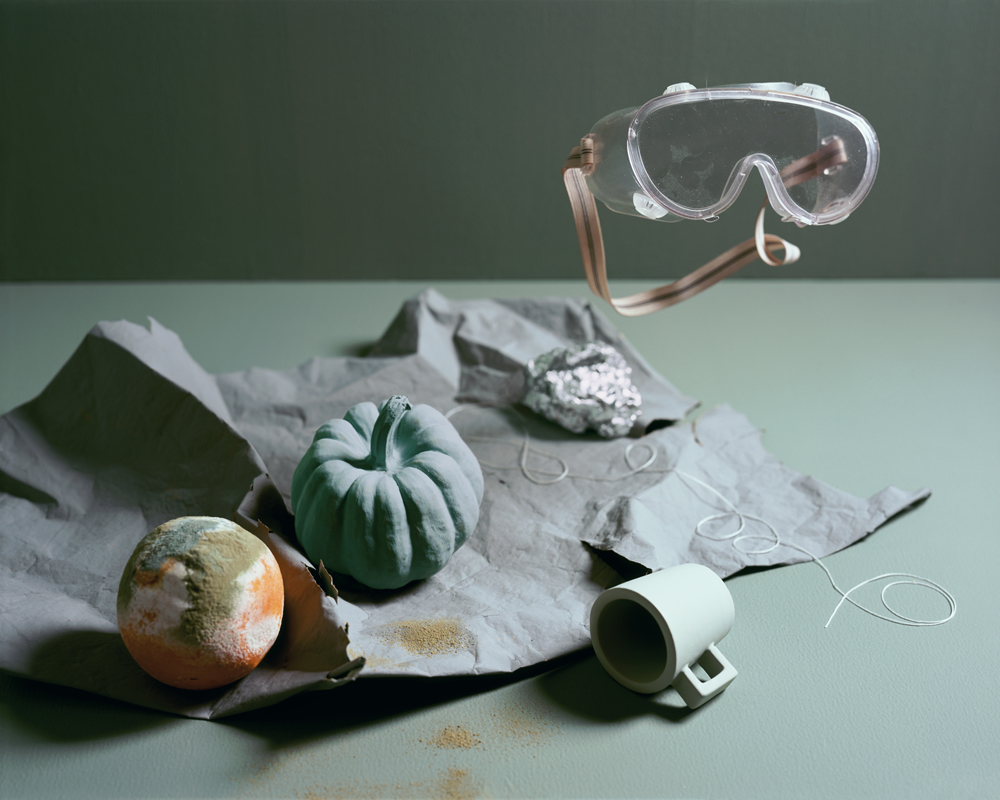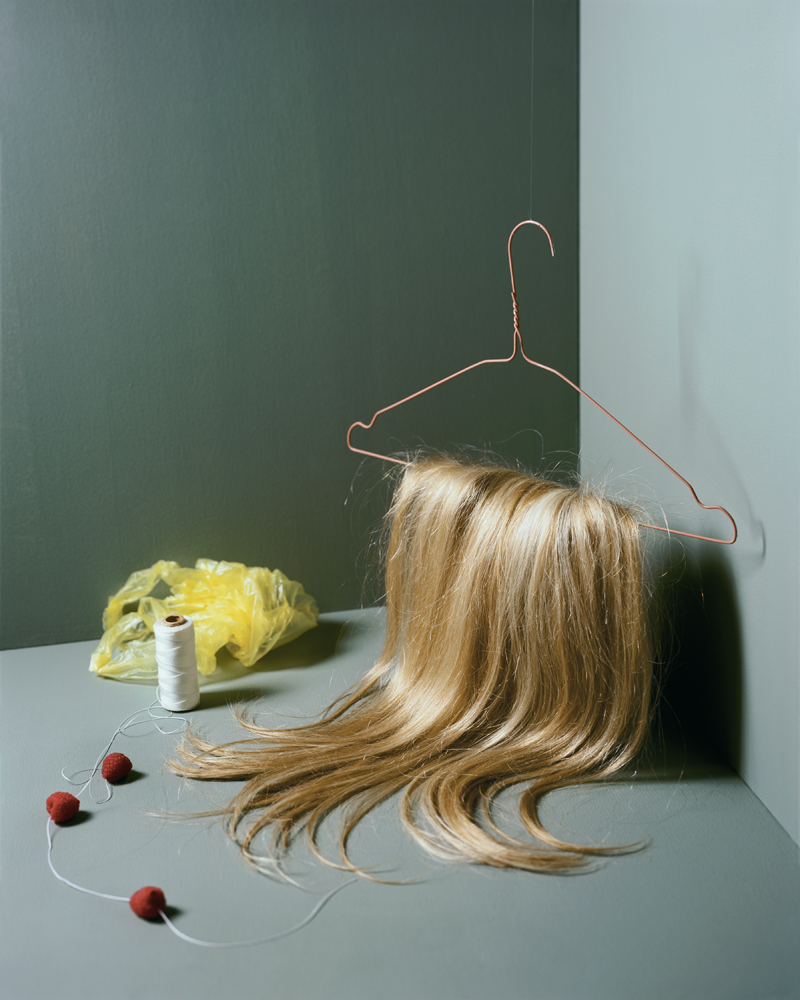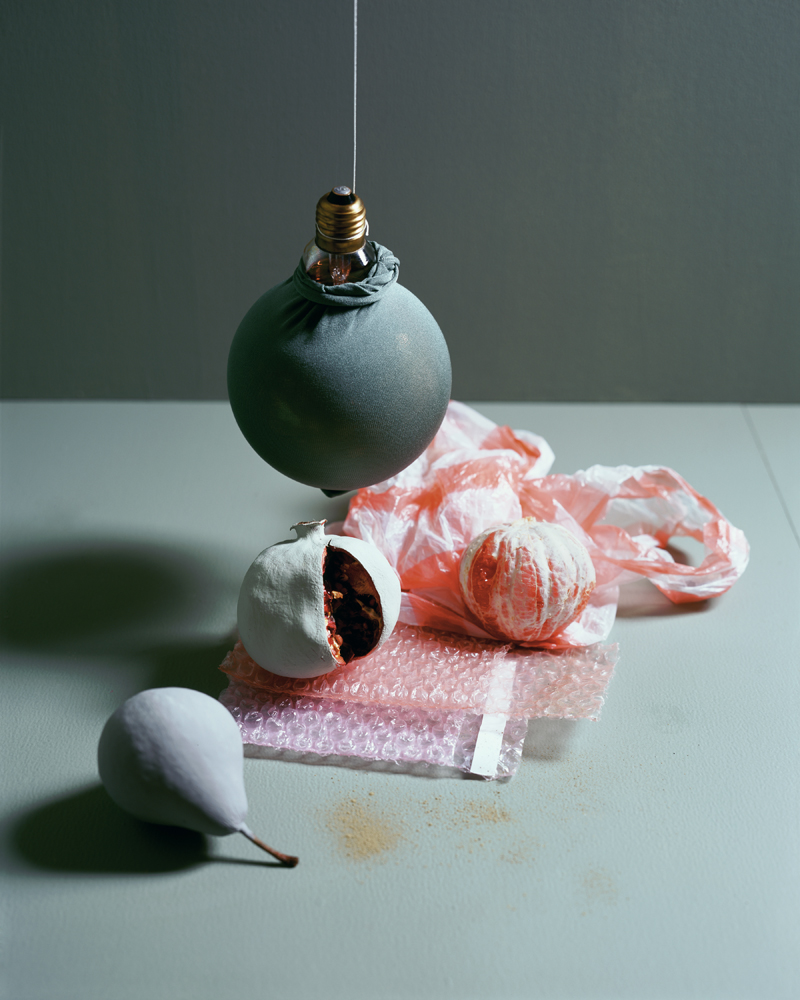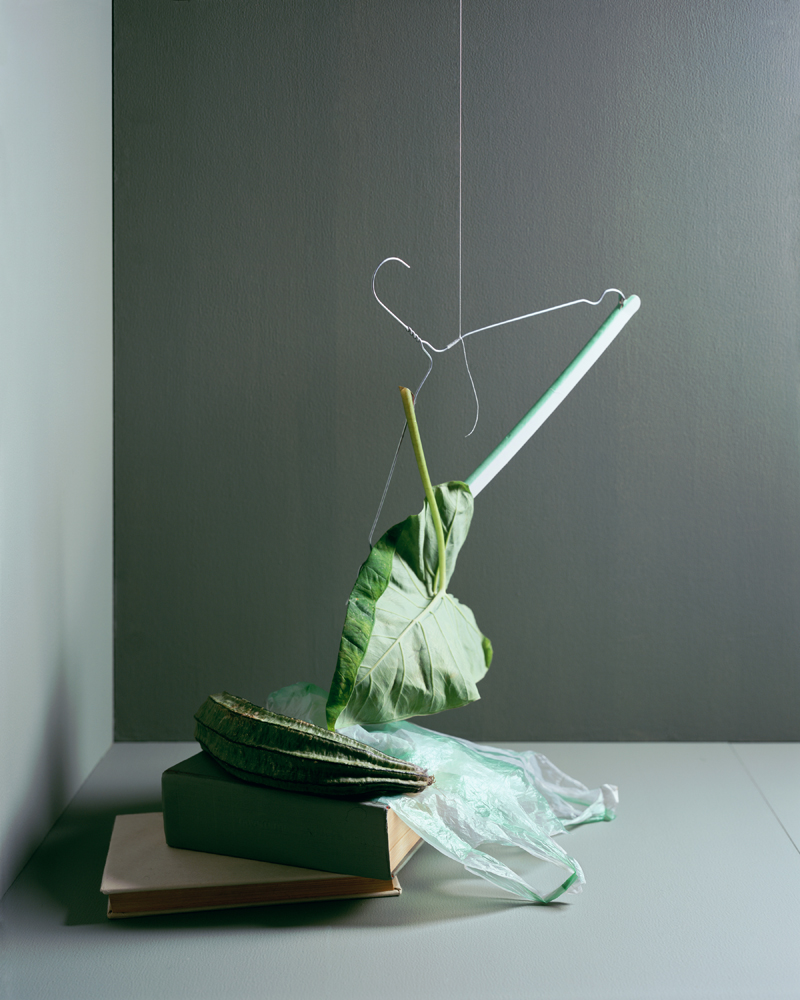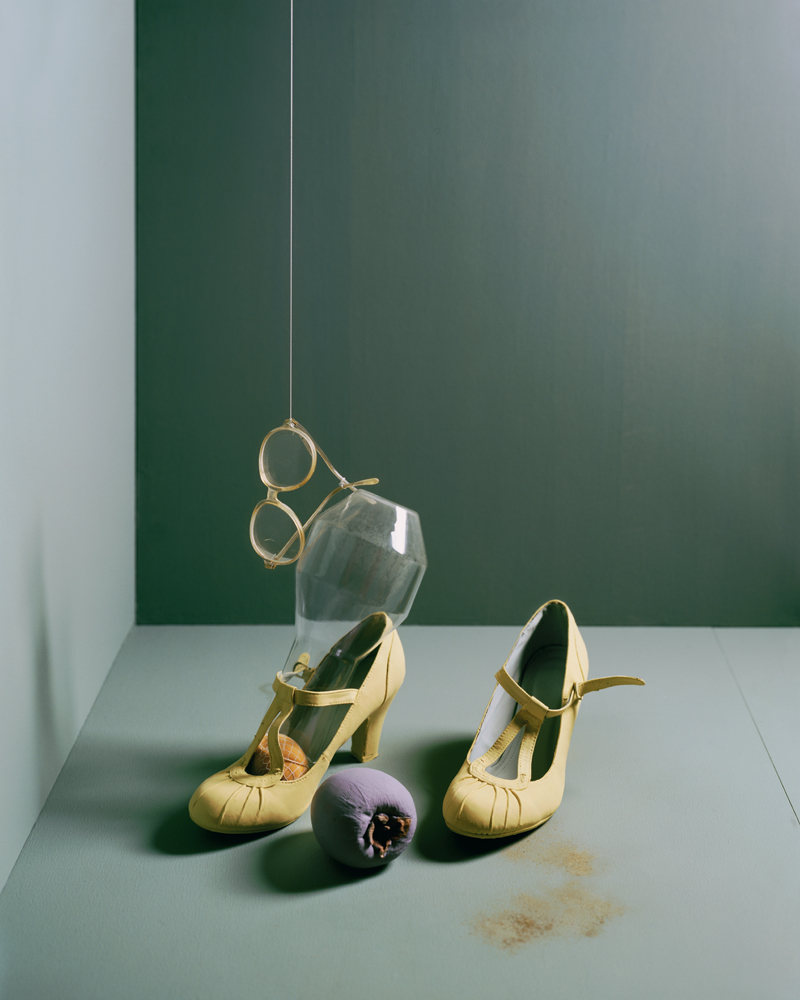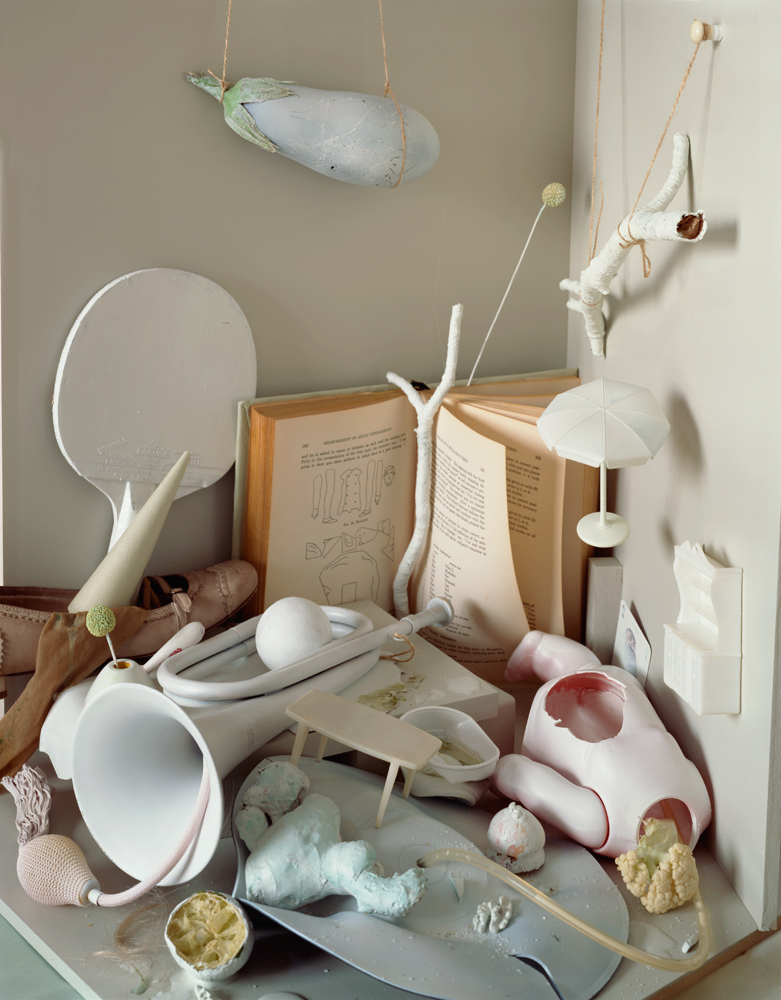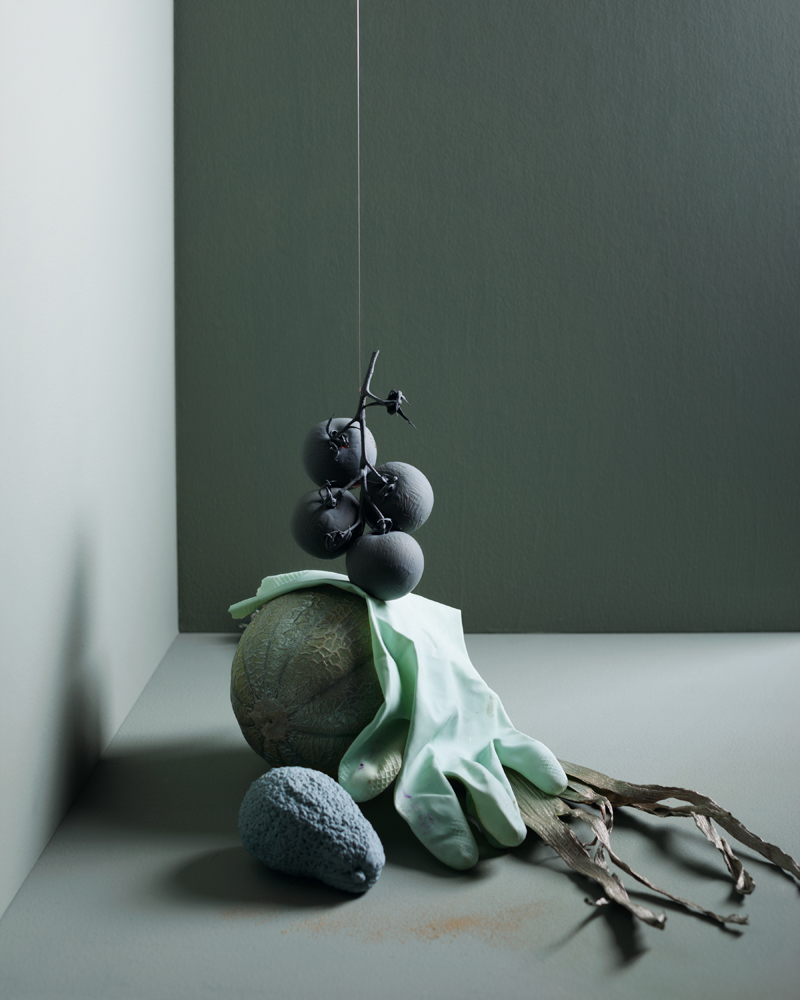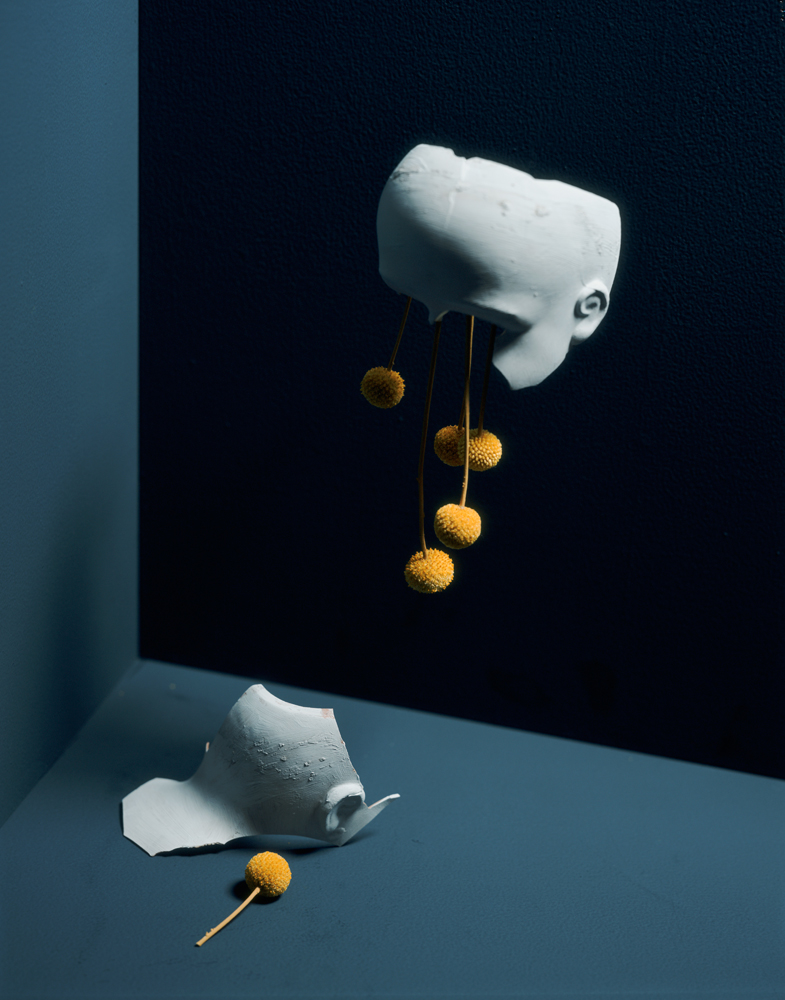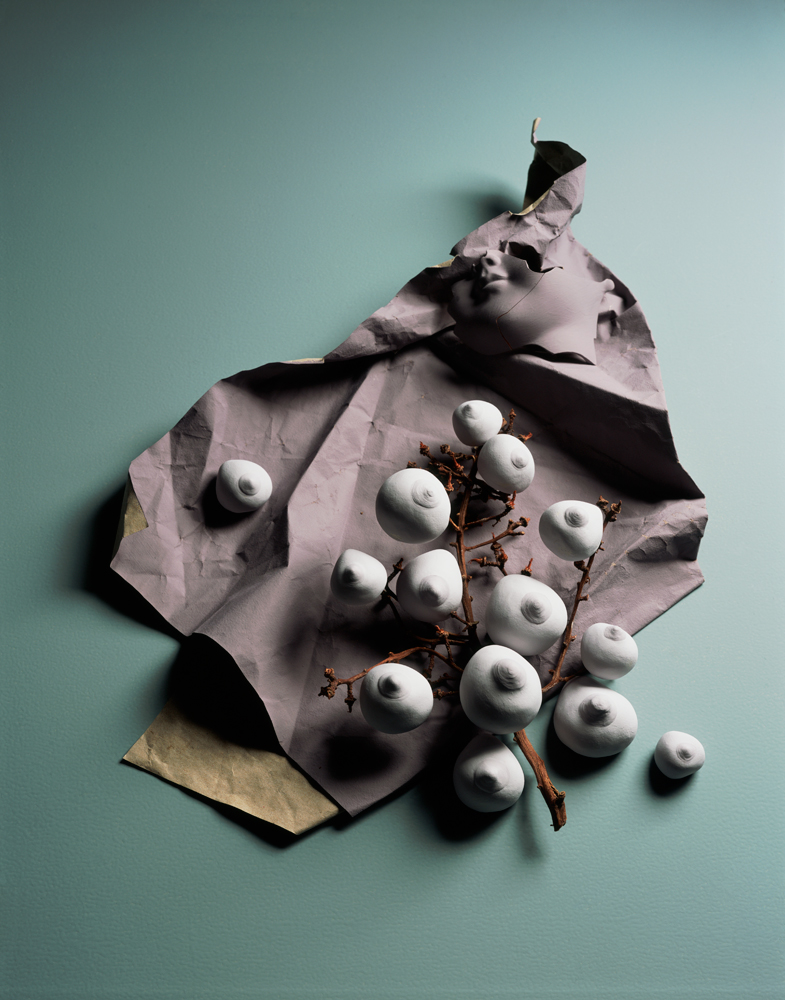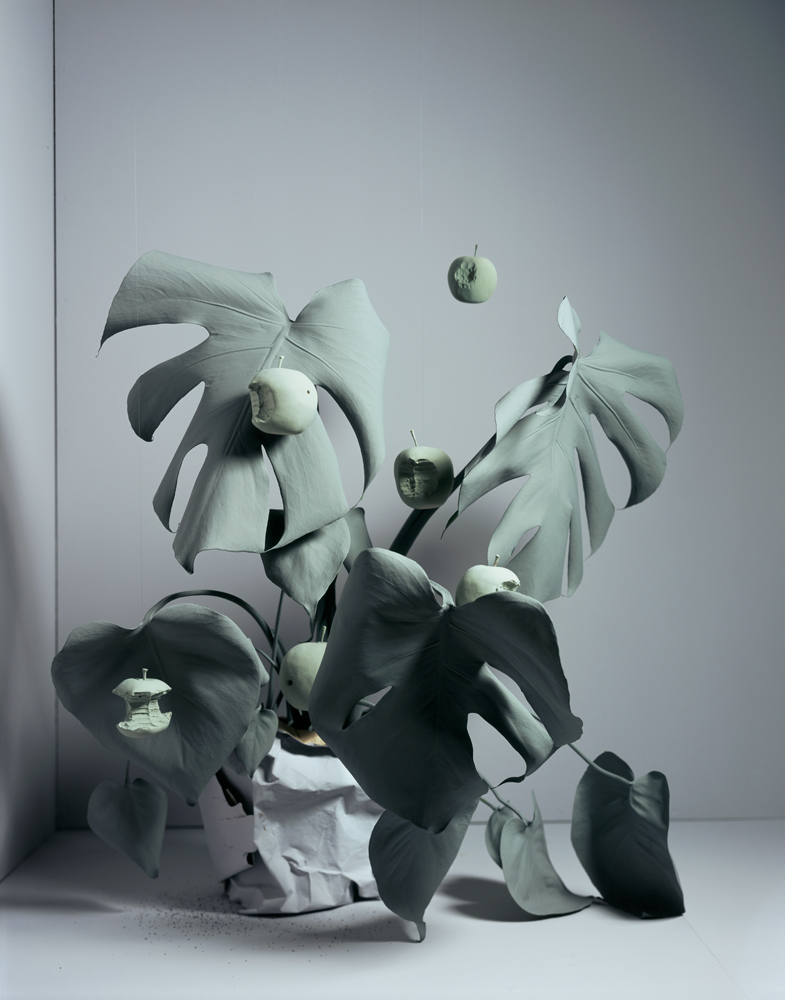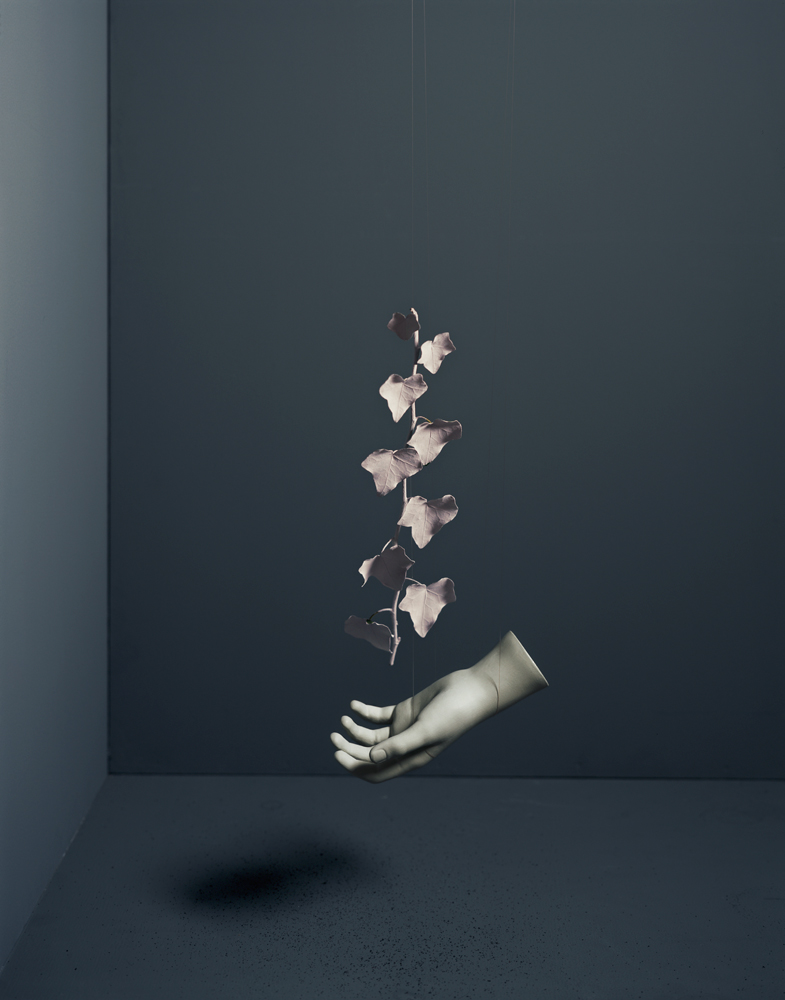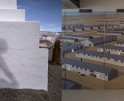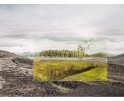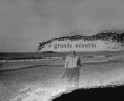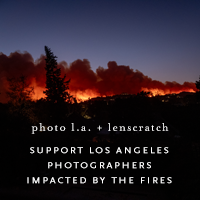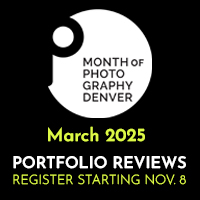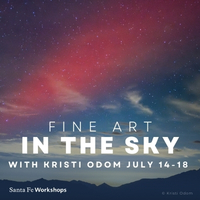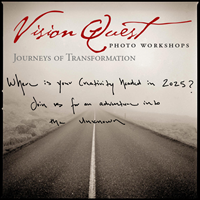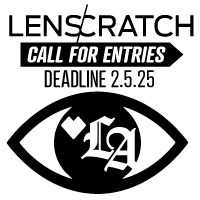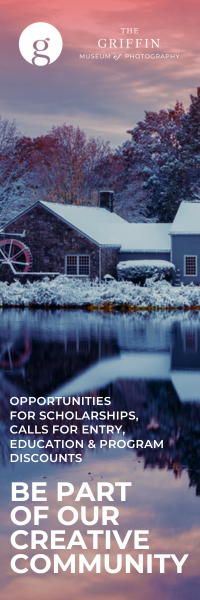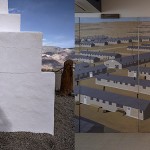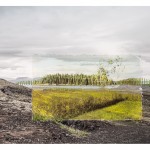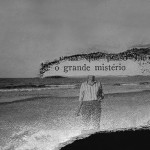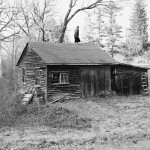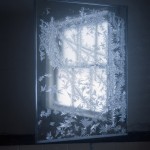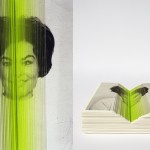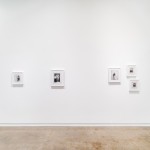Dutch Week: Alexandra Brand
I came across Alexandra Brand’s work, Transitory Still Life, online, and I think the first thing that attracted my eye was the tonality and the lighting of the photographs. I have lost count of the number of images, portraits in particular – and many by Dutch photographers – that I have seen this year that were reminiscent of the Dutch Golden Age. Brand’s work piqued my interest because, beyond the beautiful light, I found her photographs surprising, a tad disturbing even. The odd juxtapositions of man made objects and Nature are intriguing. There is something both really classical about her work, and at the same a bit unorthodox, and it made me want to find out more.
Alexandra Brand (1969) graduated from the Royal Academy of Art in The Hague, The Netherlands, in 1998 in the field of study Photography. She creates still life with sober colors in sets and landscapes. In her work natural and artificial elements interact and reflect the beauty of everyday life. The unexpected combinations and compositions in Brand’s work are like a musical piece and show her need to compose a new reality in which existing elements get a new form by interacting with each other. She uses her refined sense of color and attention to detail to create dreamlike and mysterious images.
Brand’s work has been exhibited at PAN Amsterdam and Art Amsterdam at Eduard Planting Gallery, as well as Dapiran Art Space Utrecht, and Gup Gallery, Amsterdam. Brand also photographs work in commission for Harper’s Bazaar, Elle and Elle Decoration. Her work in commission characterizes itself with a high level of creative freedom.
Transitory Still Life
In these series, I explore the transitory in daily life. Through unexpected combinations, partly natural and partly artificial, I create a new reality. By deeply paying attention to detail, textures, materials and colour combinations I escape in a dreamy still life with a magical stillness. – Alexandra Brand
The juxtapositions of the objects in your still life photographs are really intriguing – it’s almost absurd – and at the same time I find them poetic, and quite appealing. Can you tell me more about your creative process?
I usually begin with sketching ideas. I start with an idea that I would like to make, then I go looking for the props, materials and colors. Composing is a very intuitive and instinctive process. What I find interesting is when two different objects clash in material, but go together in color. In this way, a duality arises. That creates a strange atmosphere that I like. This exploring process is intuitive and at the same time I manipulate nature at will to create a new reality, by altering the appearance of an object or by arranging an object in an unreal manner. The focus in the series ‘Transitory still life’ is the study of the interaction between organic material and artificial objects. The contrast between them creates an alienating feeling. The beauty of living organic material versus artificial everyday objects.
Are you pairing some particular objects together for conceptual reasons, because of hidden symbolism? Or do you base your decisions more on form, on what works best together visually?
It’s a question of feeling when pairing the objects together. I look for something that I like, because of the form, shape or color, and then spontaneously make a connection with a certain other form or material that is for example of the same family but with another contrasting form. Or something that has no connection at all but makes a new form, and this sometimes works surreal and interesting.
You take every day objects and distort their usage – stockings hold grapes and eggplants, light bulbs are covered up and hang on a silk thread disconnected from a power source… You also paint them – pomegranates become a pale shade of arsenic green while pears turn neutral grey. The new reality that you create this way: is it thought out in advance, do you have a very clear idea of what it looks like and you render it through your photography? Or do you let your intuition guide you towards what it might be?
I start out with a certain idea, but let my intuition guide me when I explore certain forms and materials. I like to play with nature and change the appearance of an existing form, so that it becomes something new. In the case of the grapes and eggplant and the pale stocking that holds them together, this combination I made intuitive, and found the result mysteriously strange. I sometimes look for colors that have a very dry and opaque feeling to make a contrast with, for example, a hovering transparent plastic bag or a rubber glove. Sometimes a composition becomes like a sculptural installation.
In “transitory still life”, every photograph has both organic matter and plastic/rubber/nylon – all petroleum based man-made objects. And the title of the series gives a hint of possibly different time scales. Are you also making an environmental statement about human impact on nature?
No, this series is a translation of my creative expression. It arises from an inner need to create, much like composing a musical piece. I feel an attraction to certain tones of colors, shapes and forms, and I compose every image in a way that is very close to what I feel when I create it. The title “Transitory still life” refers to the organic material I used, as a metaphor for the passing of time.
I’m thinking of still life photographs that I’ve seen recently, and they’re all either in everyday settings, say like someone’s kitchen table, or they are more traditionally set up, with some kind of seamless backdrop. I noticed that your sets most often use the space between three adjoining faces of a cube. It made me think of Irving Penn and all his portraits that he took in a tight corner between V-flats. Positioning his subjects this way changed the dynamics of the pose and of the relationship for him. Can you tell me why you chose to work mostly with a cube’s corner, and to then often float objects within it?
My instinct leads me to surreal combinations and compositions, to make arrangements with an almost magical unreality. As a counterbalance, I feel the need to arrange my compositions within a framework. As if they therefore gain a clear grounding. Irving Penn was one of my first inspirations when I started photography at the age of 15. I still love his innovative and aesthetic, creative work with great attention to detail.
The Dutch “Golden Age” in painting has left a huge heritage that influences photography to this day – from Rembrandt lighting to the traditional still life. Do you think being Dutch has a noticeable impact on how you photographed this work?
I do think that some of this influence resonates, for example an inspiration from the way of lighting. Also the usage of muted colors. But only in a distant way, I am interested in finding new, and personal expressive methods in my still lifes.
And so, what’s next for you?
Right now I am working on a work in progress, developing arrangements in nature and finding beautiful spots in landscapes which appeal to me because of its shape or the color that they already have. I connect my idea to this setting by adding forms to an existing form, or reacting to a present color. I find this working in nature very inspiring and challenging. I have much less control than working in the studio, simply because of the changeable light and the wind that blows away my carefully created sets! I feel great inspiration when arranging in this way and after much experiment, to develop something new and unexpected.
Posts on Lenscratch may not be reproduced without the permission of the Lenscratch staff and the photographer.
Recommended
-
James Nakagawa: American TruthsJanuary 22nd, 2025
-
Donna Bassin: Environmental MelancholiaJanuary 14th, 2025
-
Carolina Krieger: The intertwining of the abyssDecember 28th, 2024
-
Sylvia Sanchez: Out of the OrdinaryDecember 27th, 2024
-
Interview with Dylan Hausthor: What the Rain Might BringDecember 23rd, 2024

